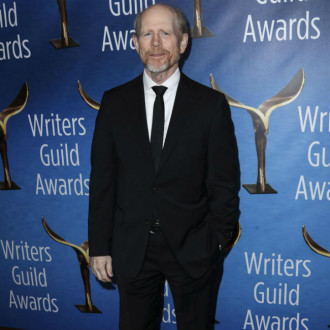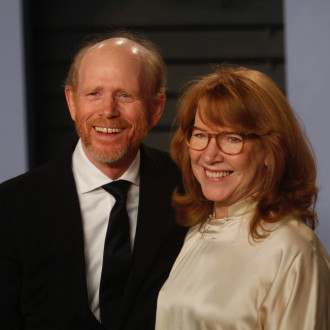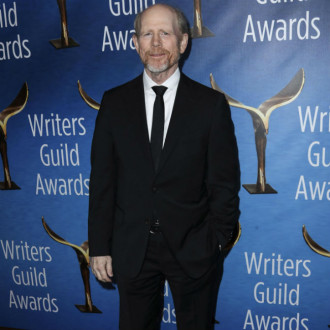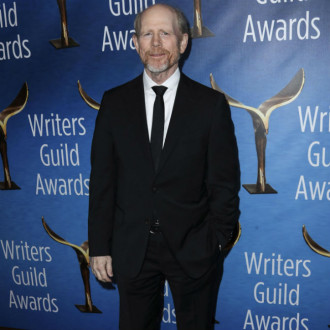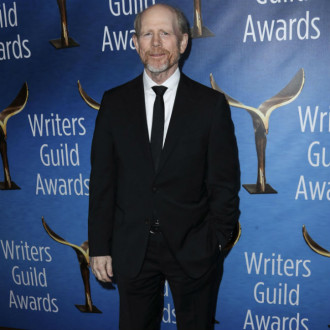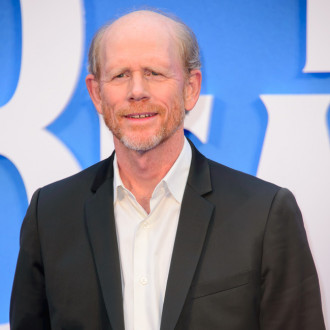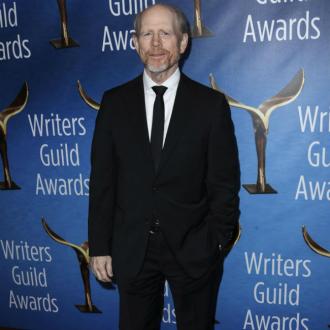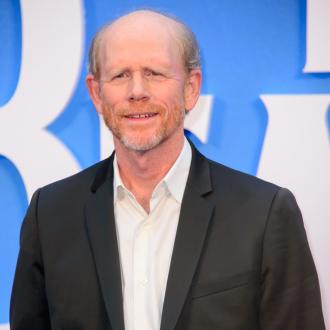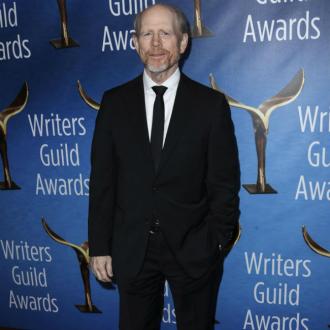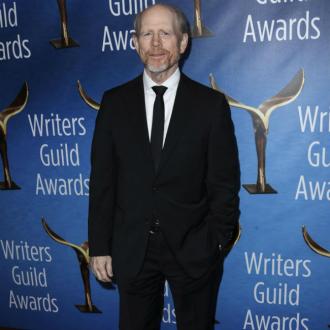'Rush' Amazes Critics With High-Octane Rivalry: Was 1970s Racing Really That Dangerous?
By Lauren James in Movies / TV / Theatre on 26 September 2013
Ron Howard's Formula 1 movie has impressed critics, but is the show's drama fictional?
Racing movie Rush has premiered in the US and UK and has drawn the crowds, rising to the top of the week's box office charts in the UK and garnering positive critical attention. Though the movie focusses on the famous rivalry between 1970s Formula 1 Racing drivers - Britain's James Hunt and Austria's Niki Lauda - the storyline has been praised for rendering its mechanical detail and sporting emotions accessible to those who have little to no interest in racing.
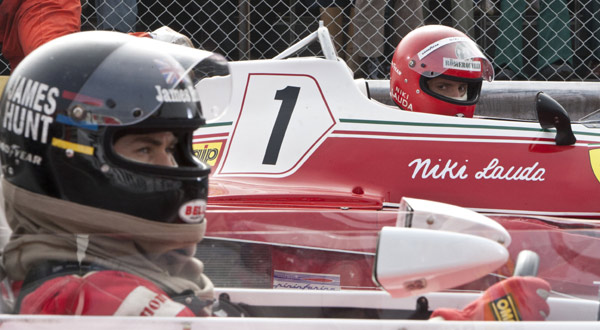
The Movie Centres On The Rivalry Between James Hunt & Niki Lauda.
The movie excels in its building of the tension between the two drivers, played by Chris Hemsworth and Daniel Brühl, as well as the high level of drama built up around what has been described as the golden era of racing. The drama of the sport is even emphasised in the trailer, where Brühl as Lauda declares "I accept every time I get in my car there's 20% chance I could die."
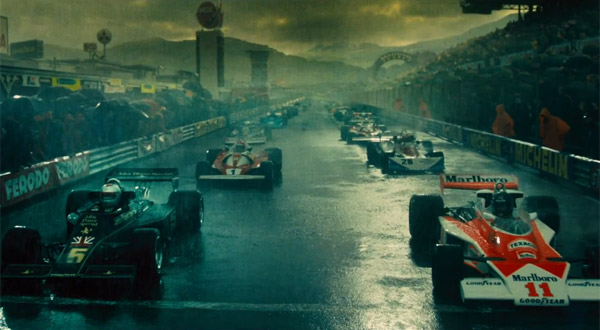
The Film Whips Viewers Along With Its Fast-Paced Action.
The driven sportsman is then heard asking "What kind of person does a job like this? Each year two of us die." The movie centres upon the rivalry between the English and Austrian drivers who are at the top of their game and in close competition with each other. Party animal Hunt differs drastically from the more studious Lauda but both men share the same goal: to win the 1976 German Grand Prix.
In a tragic turn, Lauda's car fails and bursts into flames, giving him burns to the face and lungs. After just six weeks he returns to the driving seat, still in bandages, for another face-off against Hunt at the Italian Grand Prix.
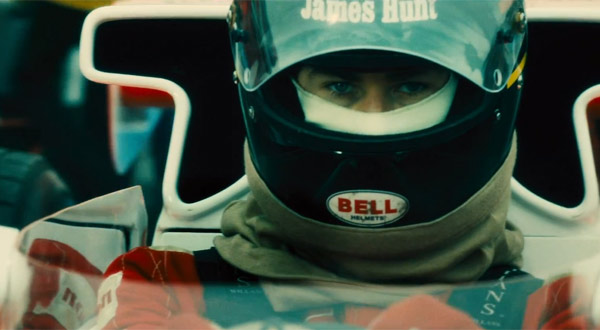
The Movie Makes A Big Deal Of The Danger Involved In Racing.
Howard's direction and the movie's cinematography has been lauded for its ability to make the viewer feel like theirin the driver's seat with the characters, in heart-quickening racetrack scenes.
However, Roger Smith, who wrote Formula 1: All The Races has indicated that some "dramatic licence" has been employed. "Certainly Formula 1 is a dangerous sport, people can die participating in it," he says, via BBC News. But this particular statistic - a 20% chance of death - he regards as "slightly over-egged" regardless of the driving era.
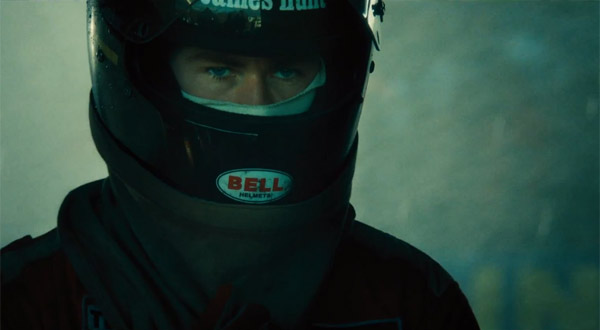
Driving Was More Dangerous In The 1970s But Not As Risky As Rush Makes Out, Apparently.
Niki Lauda himself was approached for comment on his statement but told the BBC that his message was "a rhetorical statement rather than a precise statistical calculation."
Professor Kevin McConway, of Applied Statistics at the Open University, said in the decade leading up to 1976, which is when the film wa set - drivers had a 0.35% chance of dying each time they competed in a Grand Prix (including any practice and qualifying sessions). Furthermore, taking into the eight drivers who sadly died in the 1960s and the nine in the 70s (between 1960 and 1978) that works out at less than two a year - less than Lauda claimed. Although the figure rises if you list all the Grand Prix drivers who were killed, the threat of death was seemingly far less prominent than Rush wants us to believe.
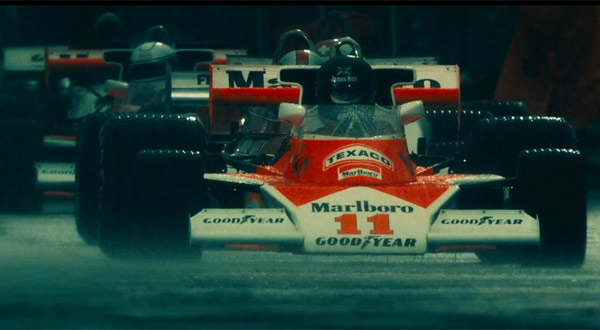
The Film Evokes The Glamour & Heroism Of The Sport.
Since Ayrton Senna's 1994 death, there hasn't been a single F1 death, which is possibly linked to the shorter race circuits and emphasis on seatbelts.
Still, go and see Rush this weekend and let the tension and inflated drama wash over you and sweep you along in the height of racing glamour safe in the knowledge that the worst than can probably happen to you in your comfy cinema seat is if you spill Coke in your lap.
Contactmusic
Movies and Trailers
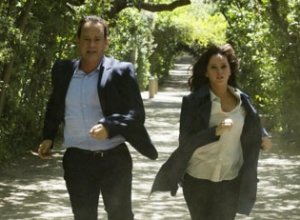
Inferno Movie Review
Since novelist Dan Brown wrote a new thriller featuring the symbologist Robert Langdon, Tom Hanks...

The Beatles: Eight Days a Week - The Touring Years Movie Review
A-list director Ron Howard worked with the surviving Beatles to assemble this engaging documentary, which...
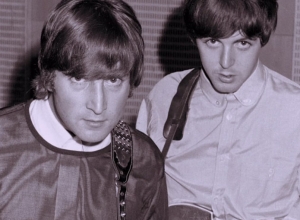
The Beatles: Eight Days A Week - The Touring Years - Trailer and Clips Trailer
In 1962 The Beatles were signed to a management deal with a local record shop...
Advertisement
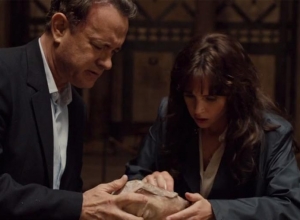
Inferno Trailer
Professor Robert Langdon wakes up in a hospital feeling terrible and suffering from serious nightmares....
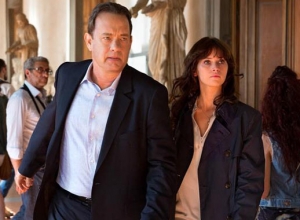
Inferno - First Look Trailer
Inferno comes as the third in the series of Ron Howard's film interpretations of Dan...

In the Heart of the Sea Movie Review
With a huge budget and a relatively small story, this is an intriguingly offbeat blockbuster...
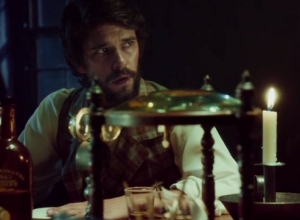
In The Heart Of The Sea Trailer
In The Heart Of The Sea is the true seaman's tale based on the last...

In The Heart of The Sea Trailer
In August of 1819, The Essex set sail from New England. The whaling ship set...
Advertisement
